The Real Sherlock Holmes: Dr. Joseph Bell and Jack the Ripper
Edgar Poe as Cultural Warrior Part 12
Part 1: The Society of the Cincinnatus: Solving a 170 Year Murder Mystery
Part 2: Poe, Beethoven and Houdini VS the Cult of Artificial Intelligence
Part 3: Poe’s Tales of Ratiocination and the Real C. Auguste Dupin
Part 4: Culture Wars: Mazzini's Minions Enter the Stage
Part 5: Poe's Eureka vs Emerson's Transcendentalism
Part 6: The Syncretic Revival of Paganism- Transcendentalists and Theosophists
Part 7: The Mormon Role in the the Purge of Republican Freemasonry
Part 8: Why Sir Arthur Conan Doyle Despised Edgar Allan Poe
Part 9: The Occult Underpinnings of Mary Rogers’ Murder: An Exercise in Ratiocination
Part 10: Sibyl’s Cave, Templars and the Epicenter of World Occultism
Part 11: From the Apennine Sibyl to The Hellfire Club and Jack the Ripper
Dr. Joseph Bell and Jack the Ripper
Perhaps most interesting thing about the fictional detective Sherlock Holmes was the fact that Doyle’s inspiration for the character was his own mentor, Edinburg surgeon, United Grand Lodge Freemason, and personal physician to Queen Victoria, Dr. Joseph Bell (1837-1911).
Dr. Bell was extremely active throughout his career both as a surgeon, analyst, criminal psychologist and Freemason where he pioneered a new field called inductive forensic investigation. He was also President of the Royal College of Surgeons in Edinburgh (1887–1889) and edited the Edinburgh Medical Journal for 23 years.
In 1878, Dr. Bell hired one of his students named Arthur Ignatius Conan Doyle where the young medical graduate, and aspiring writer became his personal assistant.
Forensic Science as developed by Dr. Bell and popularized throughout the Sherlock Holmes murder mysteries was an attack on the method of Poe, and promoted a form of radical empiricism (ie: belief that truth can only be acquired by obedience to sense perceptions).
Rather than using the eye of reason to creatively seek motives and higher contextual dynamics shaping a crime, Bell’s forensic science promoted nitpicking minute details at the expense of higher analysis and then mystically leaping into impossible solution concepts that were more than useless in solving higher level forms criminal conspiracies.
[Note: This is not to say that looking for details, acquiring DNA, fingerprints or other evidence should be ignored in the investigation of any homicide, but cutting off higher contextual analysis of dynamics at the expense of this method as promoted by Bell or Doyle is death to the mind.]
In 1892, the figure of Sherlock Holmes became an extremely popular sensation throughout the English-speaking world, and Doyle confirmed suspicions that his character was based on Dr. Bell when he wrote to his mentor:
From the first appearance of the detective in 1887, Doyle made sure to include a famous dear stalker hat and coat characteristic of Dr. Bell.
Dr. Bell Goes to Whitechapel
During the 1888 Jack the Ripper murders, Dr. Bell was employed by Scotland Yard’s Sir Robert Anderson and Metropolitan police commissioner Sir Charles Warren to solve the murder spree.
In the 2019 book The Conan Doyle Notes: The Secret of Jack the Ripper, Doyle biographer Diane Madsen outlined evidence that Doyle saw himself as Watson to Dr. Joseph Bell’s Sherlock Holmes and she additionally hypothesized that Dr. Joseph Bell not only knew the identity of Jack(s) the Ripper but actively conspired to suppress the true identity of the killer(s). [1]
It was noted by researcher Diane Madsen that Dr. Bell was on the case for one week before writing a report and handing it to Anderson in a sealed envelop which was never seen from again, and coincided with the end of the ripper murders.
For any astute observer of the Jack the Ripper case, the mind is struck by the vast array of influential occult personalities who played a direct role in managing the failed search for the killer of five Whitechapel prostitutes.
Sir Charles Warren (London Metropolitan Police Chief) who worked closely with Sir Walter Besant and King Edward VII in creating the Quator Coronati Lodge
Sir Robert Anderson (Chief of Scotland Yard and leading initiate of the Exclusive Plymouth Brethren, founded by the father of Christian zionism and Qaballist John Nelson Darby)
William Melville a lead investigator in the Whitechapel killings who would become Superintendent of Scotland Yard's Special Branch, and then co-founded MI5 in 1909.
William Wynn Westcott (London Coroner during the murders) who also co-founded the Hermetic Order of the Golden Dawn, The Isis-Urania Temple and was a member of the Esoteric Section of the Theosophical Society while the killings were still underway.
Robert D’Onston Stephenson was a leading disciple of Sir Edward Bulwer Lytton, friend of Sir Charles Warren and leading suspect of the Ripper Murders who was closely affiliated with the Hermetic-rosicrucian underground of London. D’Onston was also a surgeon and known as a leading practitioner of ritual black magic who would have been known to Dr. Bell. Throughout the murders, D’Onston wrote articles (under the name ‘Roslyn D’Onston) for W.T. Stead’s Pall Mall Gazette, speculating on the black magic rituals underlying the Ripper murders and corresponded with Scotland Yard. Despite his having been arrested twice as a suspect and despite his deep ties to leading Rosicrucians and Theosophists, neither Joseph Bell nor Conan Doyle ever spoke a word about him.
Arthur Ignatius Conan Doyle did not participate directly in the investigations, but his surgical background, psychological profile, propensity towards animal mutilation, violence and other sociopathic tendencies- when added to a deep occult fixation as a member of several secret societies place him into a position of suspicion at the very least.
What information was contained in Dr. Bell’s mysterious report may never be known, but what is known is that Bell never acknowledged any masonic symbolism that pervaded the ritual killings of the five victims.
His deductive method of forensic analysis made no room for the causal nature of occult rituals, black magic or the evident role of esoteric witchcraft then being practiced in London by rosicrucian secret societies such as the Hermetic Order of the Golden Dawn which his former student had been initiated into.
Footnotes
[1] Although Madsen fails to identify the role of D’Onston within the gruesome story, choosing instead to focus upon the character of Cambridge Apostle James K. Stephen (personal tutor and lover to Prince Albert Victor) she effectively makes the case that the identity of the killer was known to Bell and likely also his student Arthur Conan Doyle




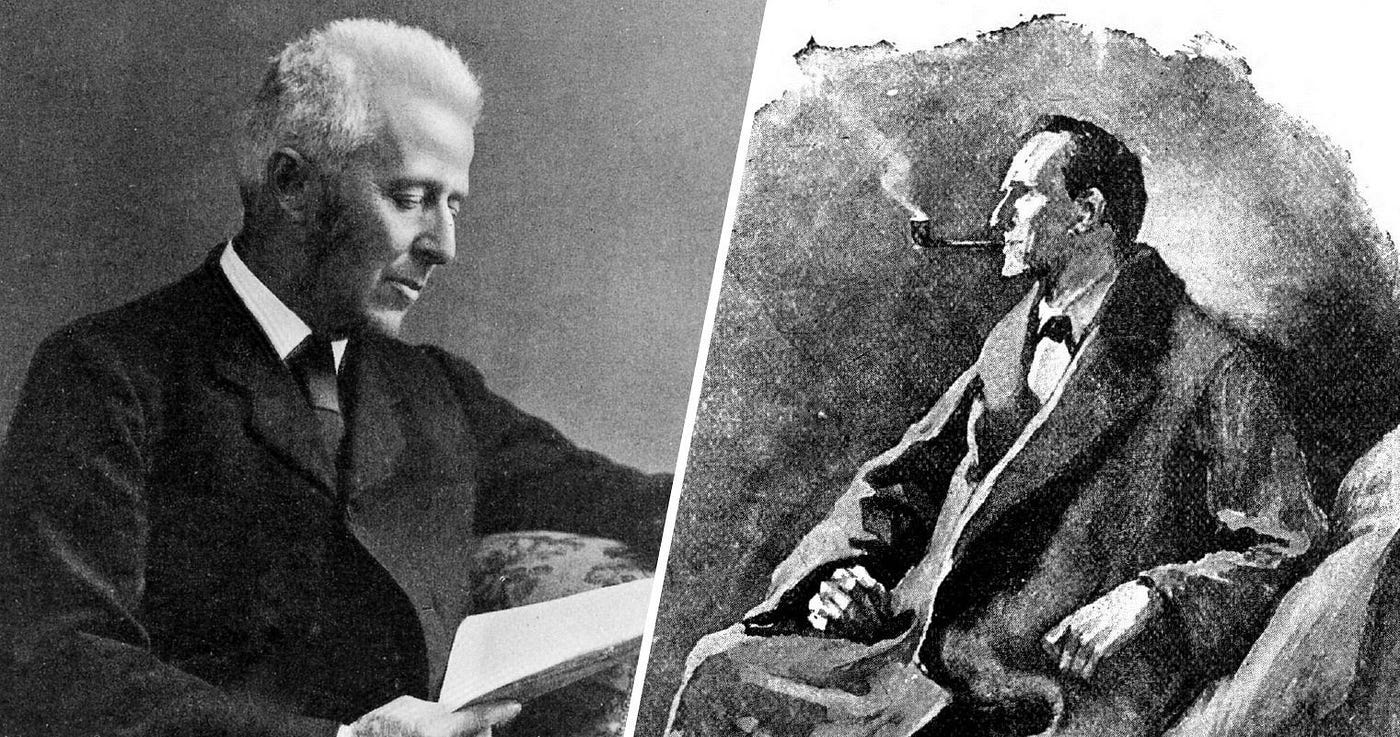
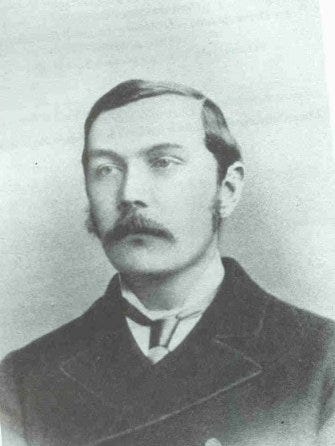
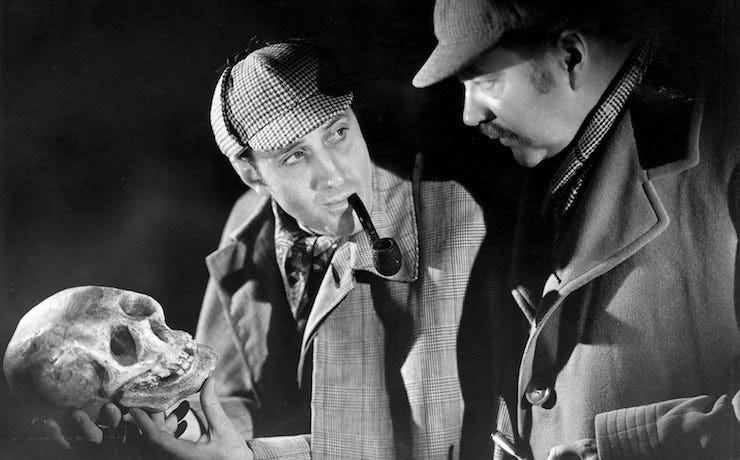
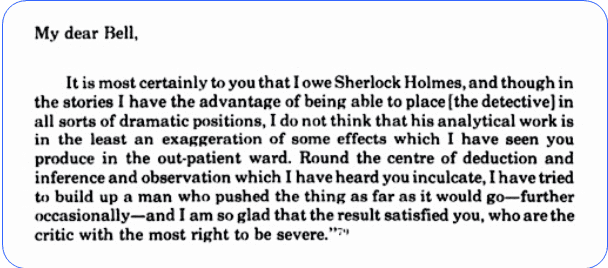
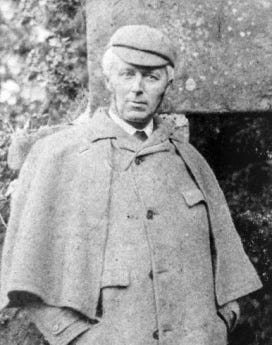




I do not like thee, Doctor Bell.
Breathtaking as ever!